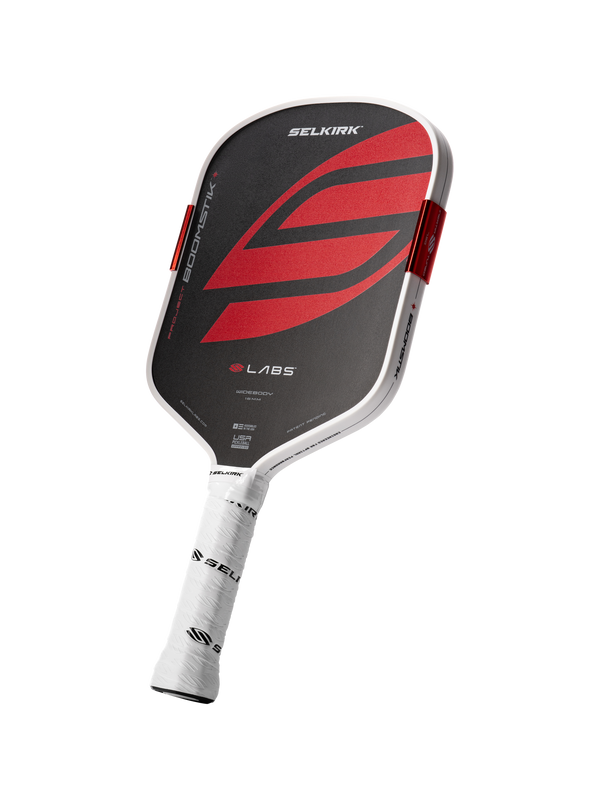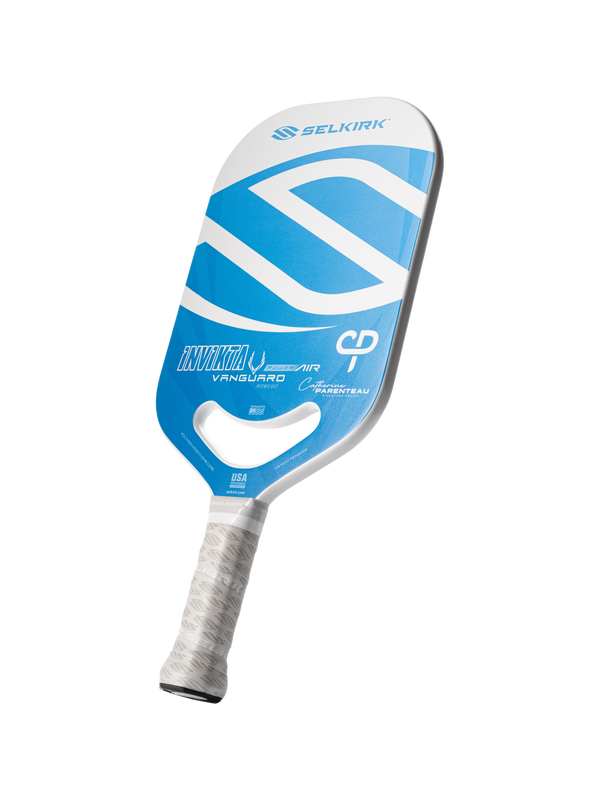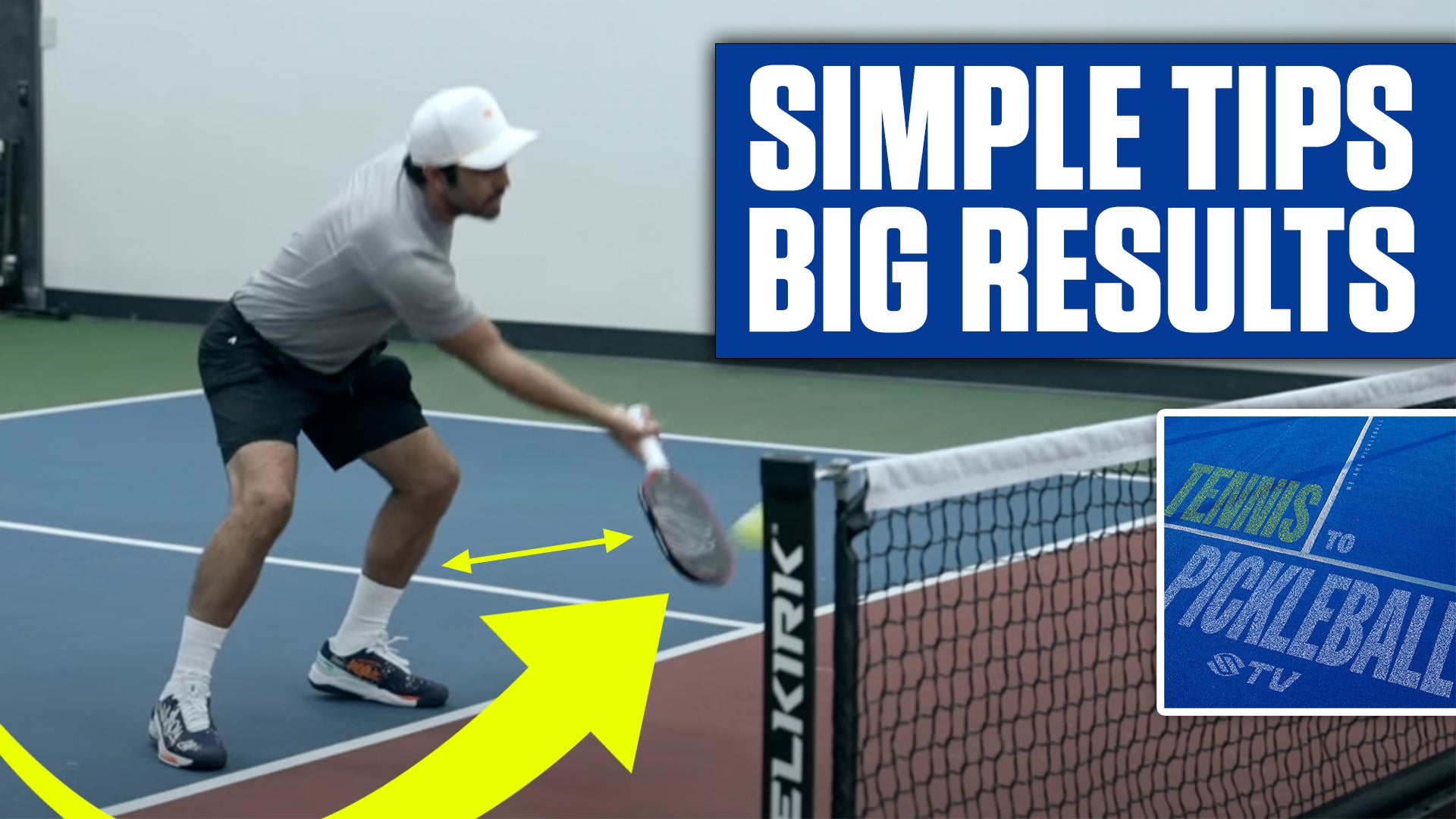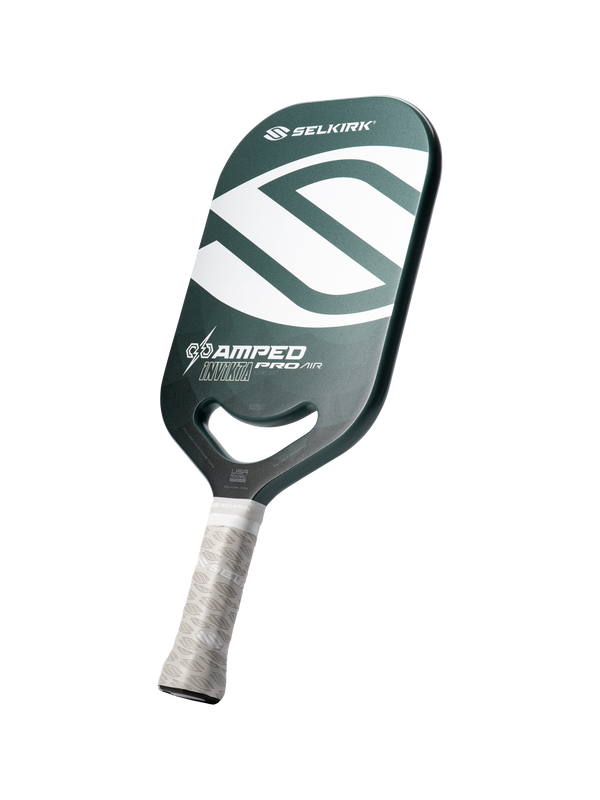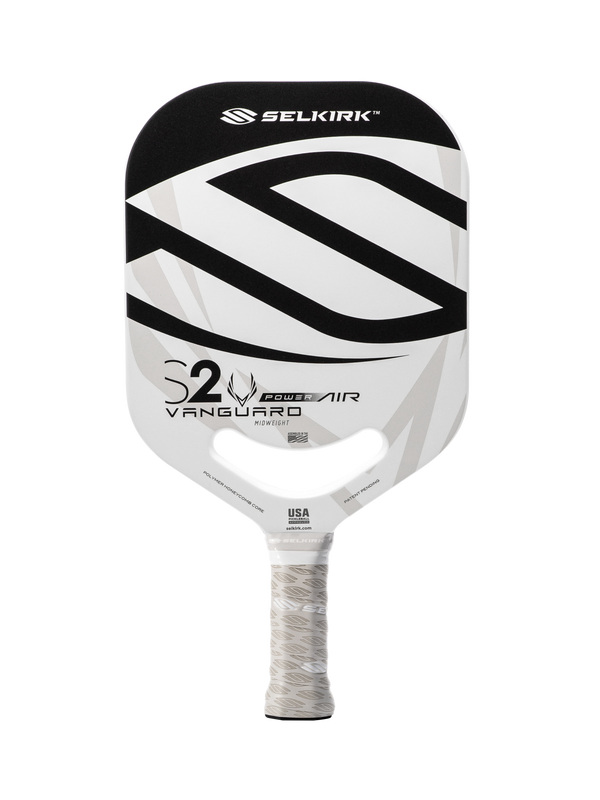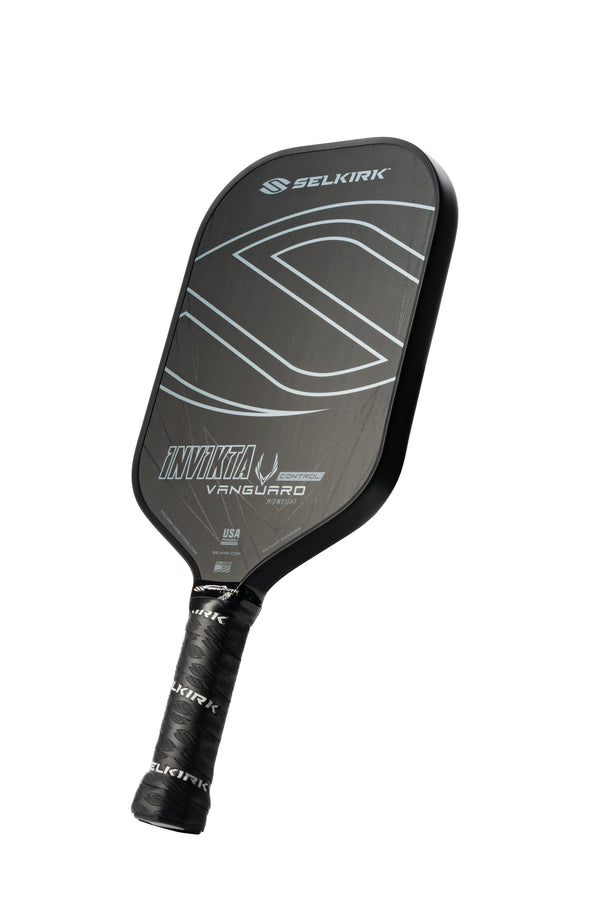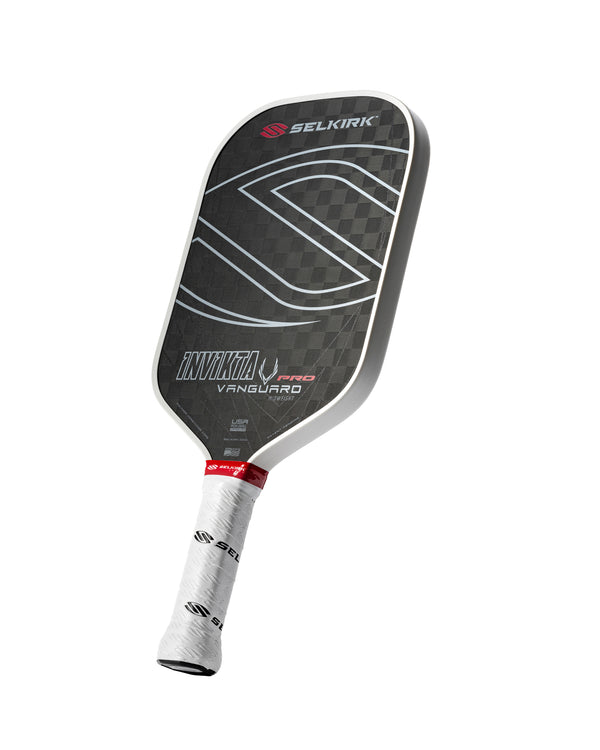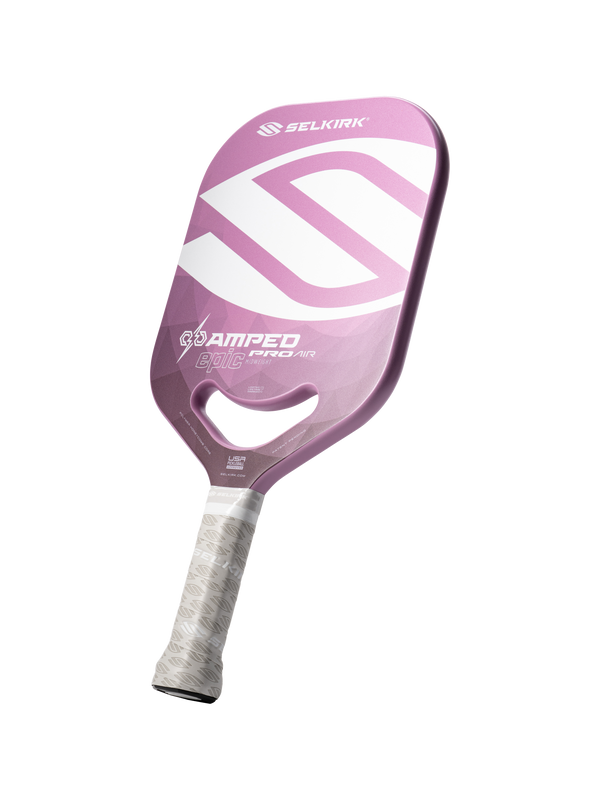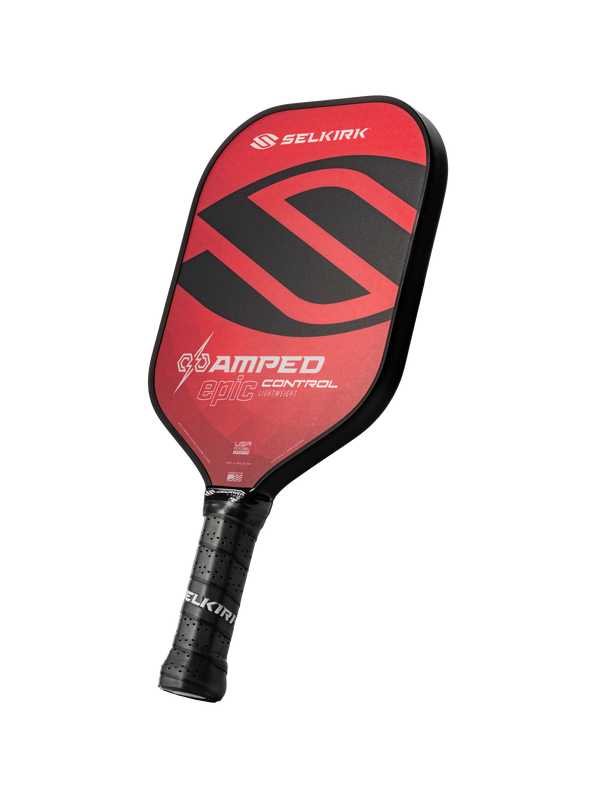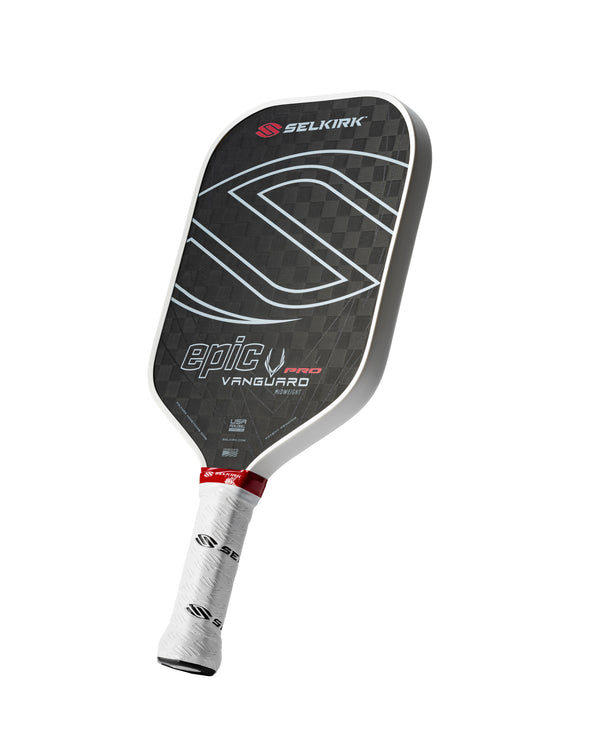
A lot of newer players, particularly those coming from tennis, like to hit the ball hard. While this might be a successful strategy among newer players, you won’t be able to advance to higher levels of play by only executing strong drives.
In fact, much of high-level pickleball games are won not by power but by using strategically placed dinks to set up putaway shots. That’s why it’s important to learn how to neutralize your opponent’s volleys through dink resets.
In this Selkirk TV original, former tennis player and current pickleball clinician, Jarrett Chirico breaks down the offensive vs defensive dink and how to use a reset to your advantage.
Where are offensive dinks placed on the pickleball court?
Imagine the kitchen is cut in half horizontally. The half closest to the net is the defensive zone while the half closest to the kitchen line is the aggressive zone.
When an opponent is putting pressure on you, whether through volleys or aggressive dinks, you want to return your dinks to the defensive zone. This will force your opponent to back off the attack. If your opponent hits a ball sent to their defensive zone hard, it will likely go into the net or off the court.
When you successfully place a ball into the opponent’s defensive zone, you have officially reset the point, making it possible for you to be more aggressive.
As you begin to hit your next shots, aim for the aggressive zone. You can take the ball out of the air or hit aggressive dinks off the bounce.
The goal here is to cause your opponents to make an error. By pushing the ball deep to the kitchen line, you often force your opponent to break their normal ready stance or bend low to reach the ball. As you pull them out of position, you cause them to pop the ball up or create openings on the court to attack.
How to practice defensive dinks
Set up with your drilling partner at the kitchen line on opposite sides of the court. Player A should start dinking to the aggressive zone while Player B tries to reset to the defensive zone.
It doesn’t matter how powerful your opponent is, if you can successfully neutralize the ball into the defensive zone, your opponent will eventually make a mistake. Continue this for about 20 reps and then switch roles.
Progression 1
After you’ve both had a turn resetting the ball, start the drill as normal, with Player B attempting to reset into the defensive zone. It may take a few shots to successfully neutralize Player A, but once Player B is successful in doing so, they can begin hitting shots to the aggressive zone on Player A’s side of the court.
As you begin hitting more aggressive shots, it’s important to lengthen your swing path. You should end with your paddle out in front of your body with the tip of your paddle angled in front of your wrist. This ensures that you aren’t using your wrist to complete the shot.
Player B should take as many balls out of the air as possible. Remember to keep your weight forward on your toes so you can easily move laterally or backward when necessary.
Player A will then try to reset the ball to the defensive zone on Player B’s side of the court. Once successful, the players will again switch roles. Continue this pattern for several minutes.
Progression 2
Once you both get the hang of the drill, start as normal, but this time, play the point out as you would in a live game. Take note of what was successful.
Did you create a pattern to strategically move your opponent? Did you a dink to a particular spot on the court successfully? What areas need improvement?
Download the Selkirk TV app HERE to watch the complete episode and many other Selkirk TV original shows, podcasts, lesson series from the pros, and much more.


